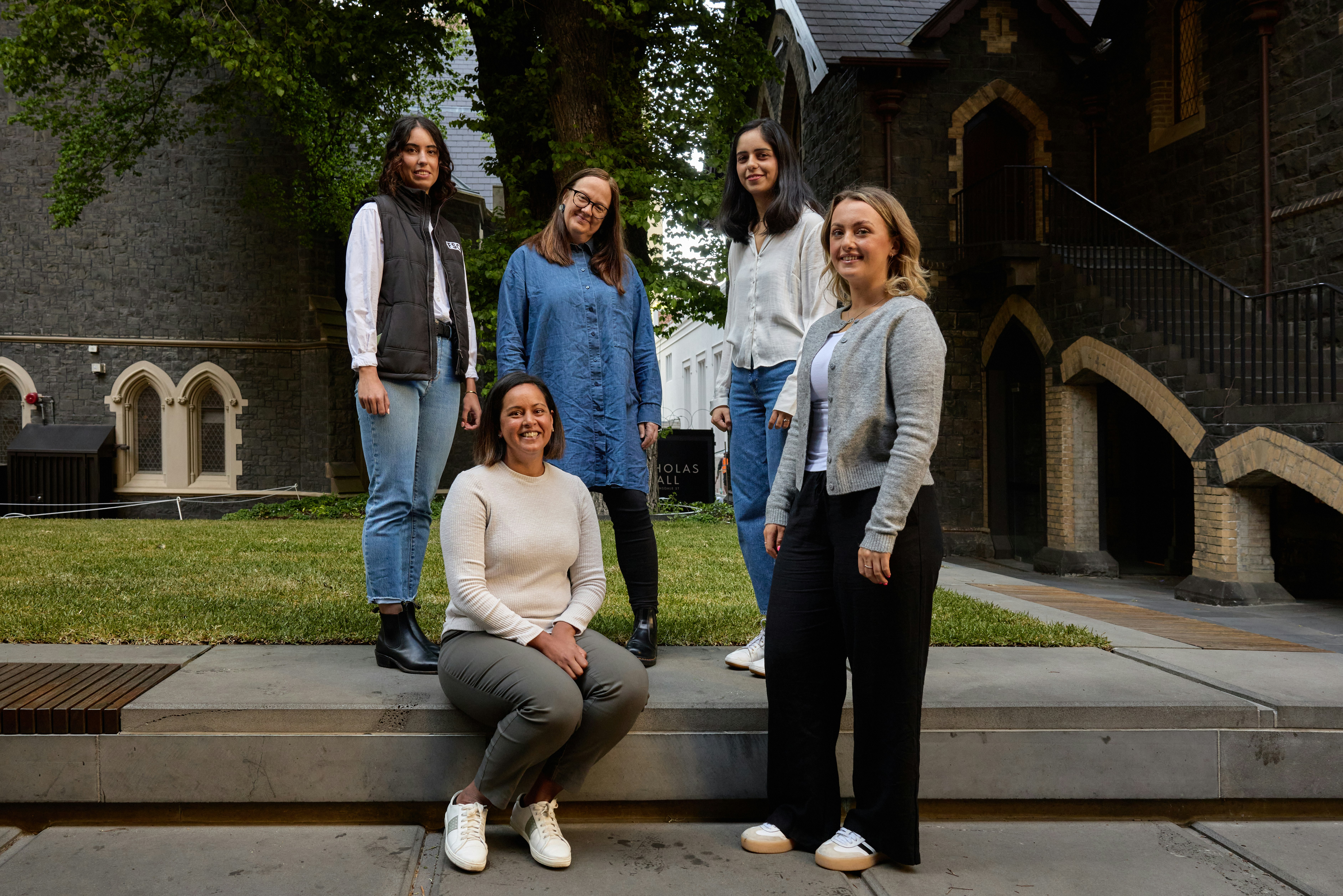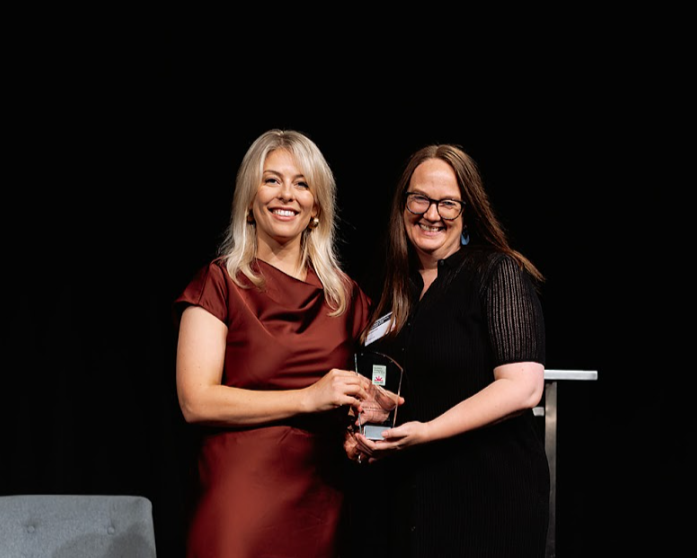“I used to view myself as more family-oriented than career-driven, as it was always a choice in my mind. It’s been quite a pleasant surprise to realise that I can be both."

Starting a family is one of life's most significant decisions, and for many women, it's a journey that brings both joy and challenges. A big concern is how this new chapter will affect their careers, with the fear of falling behind during maternity leave being a common worry. The values and culture of an employer play a crucial role in supporting women through every stage of this journey, from family planning to reintegrating into work as new mothers.
Rebecca, who was a Project Engineer when she became pregnant, felt ready for a promotion but was uncertain about how her pregnancy might affect her career progression. "To be honest, I was a little frustrated with the timing. I had been working hard to advance to a Senior Project Engineer and was concerned that taking time off would slow down that progress." However, three months into her maternity leave, Rebecca was pleasantly surprised to be promoted. "I didn’t expect to get promoted while I was on maternity leave! It was such a wonderful surprise. I was excited to return to work after my time off and step into this new role."
FSC ensures that women on maternity leave are not excluded from consideration when it comes to promotions. According to the company’s parental leave policy, employees on leave are eligible for bonuses, pay reviews and promotions just like any other employee, with their leave status having no impact on the decision. FSC reviews its parental leave policy annually, with input from the internal women’s steering committee. In the latest version, FSC offers up to 18 weeks of paid maternity leave for the primary caregiver.
Image: Rebecca returned to work three days a week after maternity leave.

The lack of part-time options in the infrastructure industry often discourages women from pursuing or advancing in their careers after having a child. While it requires some adjustment, it is possible.
Sharlott, who initially returned to work three days a week and has since increased to four, explains, "I work in an office-based role, which is more conducive to part-time work. For engineers working on-site, it’s definitely possible to work part-time, but it can be challenging. It depends a lot on the specific role, your manager and the project culture as a whole. Part-time work often requires a handover, which adds another layer of communication and complexity. A lot of engineers consider moving into office-based roles for part time work, as it can be complicated for site roles."
Rebecca, who had more site-based roles before her maternity leave, transitioned to office-based roles after returning to work at FSC, allowing her to work three days a week with flexible start and finish times. She has since increased her schedule to four days a week.
Working part-time can also involve a period of adjustment. When Sharlott returned to work on a part-time basis, she found it challenging at first. "I was trying to fit five days' worth of work into three days, which was quite stressful. It took time for me to understand what was feasible in three days and to set boundaries for myself and others to ensure I didn’t work on my days off."
Sara, FSC’s Head of People, highlights how important flexibility is for working mums. “Having that flexibility is wonderful as it allows mothers to participate more in the workplace and we need that. However, many mothers go above and beyond to avoid being perceived as slacking off. A culture of trust is important for flexible and part-time options to work.”
Tessa reflects on the last few months at FSC as new mum working remotely and part time “I used to view myself as more family-oriented than career-driven, as it was always a choice in my mind. It’s been quite a pleasant surprise to realise that I can be both. It’s definitely not easy but working for a company that listens to your needs and strives to create a supportive work environment goes a long way.”












